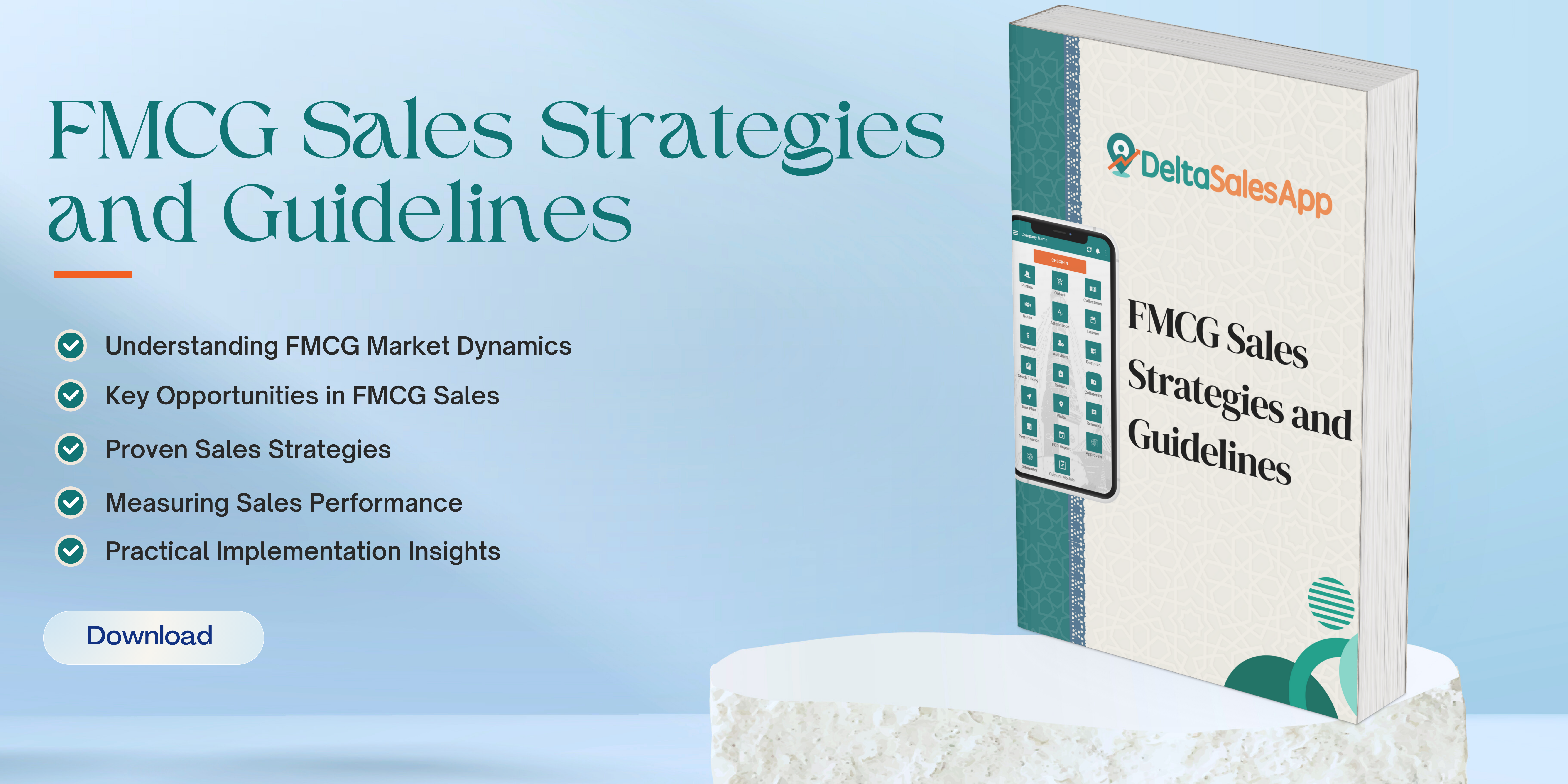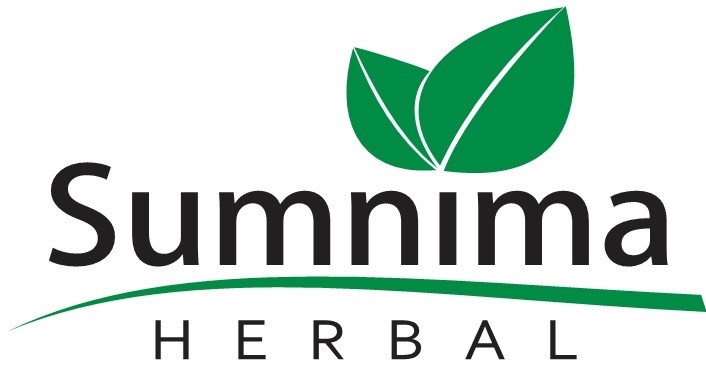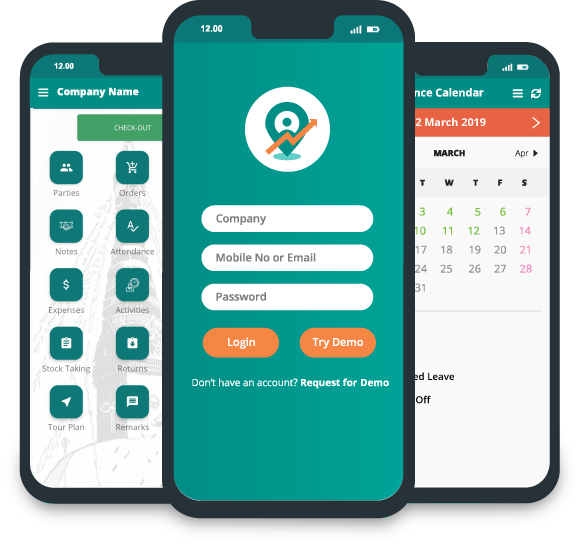Go-To-Market (GTM) Strategy
Go-To-Market (GTM) Strategy in a field sales application refers to the approach and plan an organization uses to sell its products or services to customers directly in the field (outside the traditional retail environment).
For companies relying on field sales teams, this strategy involves optimizing sales processes, targeting the right customers, leveraging technology, and ensuring effective team management to drive revenue growth and market penetration.
Breakdown of an effective GTM strategy for a field sales application
1. Market Research & Segmentation
Identify Target Market: Clearly define which industries, regions, or customer profiles represent the best opportunities for your sales team. This can be based on industry, company size, geographical location, or any other relevant criteria.
Customer Pain Points & Needs: Understand the challenges and needs of your target customers. Use this data to position your product or service as a solution.
Competitive Analysis: Study competitors who are targeting similar customers. Understand their strengths and weaknesses to position your offering more effectively.
2. Value Proposition & Messaging
Clear Value Proposition: Craft a compelling and clear message that differentiates your product or service. Ensure that your field sales team can articulate the specific benefits for different customer segments.
Tailored Messaging: Create personalized sales pitches based on customer segments. The messaging must resonate with the unique pain points and challenges of each group.
3. Sales Playbook & Training
Sales Playbook: Develop a comprehensive playbook that provides step-by-step guidance on how the field sales team should approach customers. This includes prospecting strategies, objection handling techniques, and closing tactics.
Ongoing Training: Ensure your salespeople are well-equipped with the latest product knowledge, sales techniques, and market insights. This can be achieved through regular training sessions and workshops.
4. Sales Tools & Technology
Field Sales Application: Use a mobile-first field sales app to enable your team to work efficiently while on the go. The app should include features like CRM integration, lead tracking, real-time updates, inventory management, and customer insights.
Automation Tools: Leverage automation for tasks like lead qualification, follow-up reminders, reporting, and sales forecasting to save time and focus on high-value activities.
Real-time Data Analytics: Equip sales reps with real-time data on leads, customer interactions, and sales performance. This allows them to make data-driven decisions and optimize their approach during each sales visit.
5. Lead Generation & Prospecting
Outbound Sales Strategy: Train your field sales team on how to prospect effectively in the field—through cold calling, door-to-door visits, or attending industry events and networking.
Inbound Strategy: Ensure that your digital presence (website, social media, etc.) generates inbound leads, which can be handed off to the field team for closing.
Lead Scoring: Implement a lead-scoring system to prioritize the best prospects. This ensures that field sales representatives focus on high-potential leads.
6. Sales Execution & Performance Monitoring
Territory Management: Organize territories based on customer density, potential, or geography to make the sales process more efficient. Field reps should focus on their designated regions, reducing overlap and increasing productivity.
Performance Metrics: Establish key performance indicators (KPIs) to track the effectiveness of the field sales team. Common metrics include sales revenue, number of meetings held, conversion rates, customer satisfaction, and deal closure time.
Incentives and Motivation: Set up incentive programs to motivate sales representatives. This could include commissions, bonuses, or recognition for top performers.
7. Customer Relationship Management
Post-Sale Engagement: Field sales teams should maintain relationships with customers after the initial sale to ensure customer satisfaction, drive renewals, or upsell other products/services.
Customer Feedback Loop: Actively collect feedback from customers in the field. This data can be used to refine the sales strategy, improve the product, or identify potential issues early.
8. Collaboration with Other Teams
Cross-Functional Alignment: Ensure your field sales team works in tandem with other departments, such as marketing, product, and customer success. Marketing can help generate leads, while customer success can ensure smooth post-sale processes.
Regular Communication: Implement regular meetings or check-ins between field sales and management to discuss strategy adjustments, share best practices, and troubleshoot challenges in real-time.
9. Market Penetration & Expansion
Scaling the Strategy: As your field sales team gains traction in specific regions, use their insights to replicate successful strategies in other regions. Expand your market penetration through a phased approach.
Customer Retention & Expansion: Target existing customers for potential upsell or cross-sell opportunities. Field sales teams should nurture long-term relationships, not just focus on one-off sales.
10. Feedback & Iteration
Sales Analytics & Reporting: Regularly review the performance of the GTM strategy using real-time data. Make sure the field sales app provides accurate insights for performance tracking.
Iterate and Improve: Based on the feedback from the field, continually refine your GTM strategy to stay ahead of competitors and meet customer needs more effectively.
Key Features of a Field Sales Application for GTM Strategy
CRM Integration: To manage leads, track customer interactions, and sync sales data.
Geolocation Tools: For optimizing territory management and planning the best routes for sales reps.
Lead & Opportunity Tracking: Allowing reps to view the status of each lead and its progress through the sales funnel.
Offline Capability: Sales teams can input and access data even without internet connectivity, syncing once they’re back online.
Analytics Dashboard: To visualize performance metrics and adjust the sales strategy accordingly.
Task & Reminder System: Automates follow-ups, appointments, and to-do lists for each field rep.
Conclusion
A well-executed GTM strategy for field sales integrates market research, efficient sales tools, effective training, and a structured approach to customer relationship management. Using a comprehensive field sales application with the right features and integrating it into a broader GTM plan will significantly increase your sales team's productivity, enhance customer interactions, and ultimately drive business growth.






